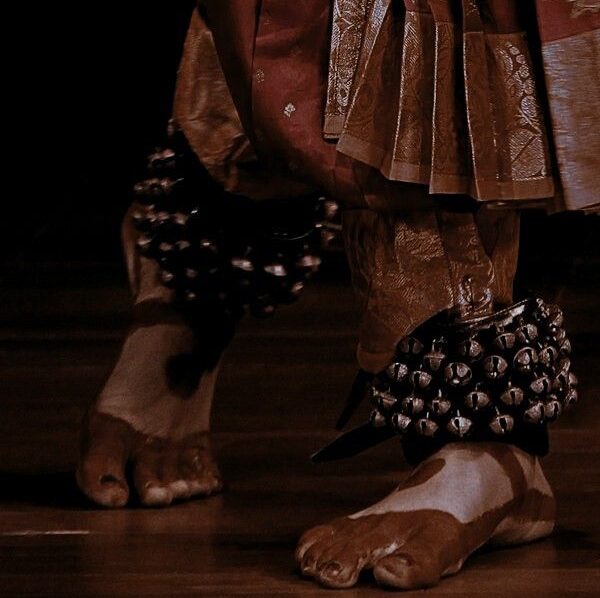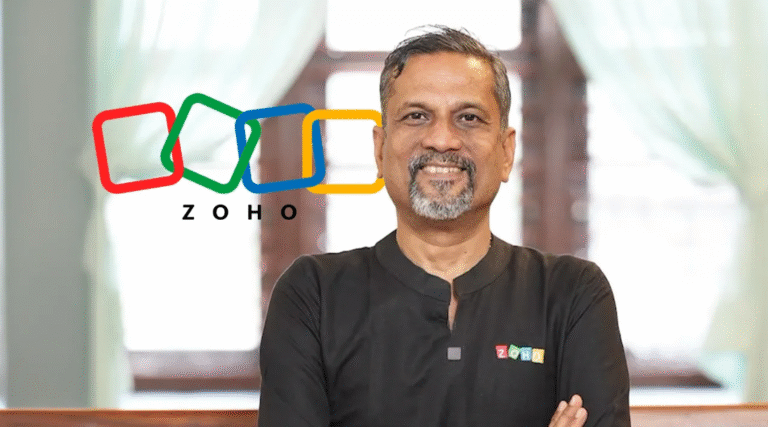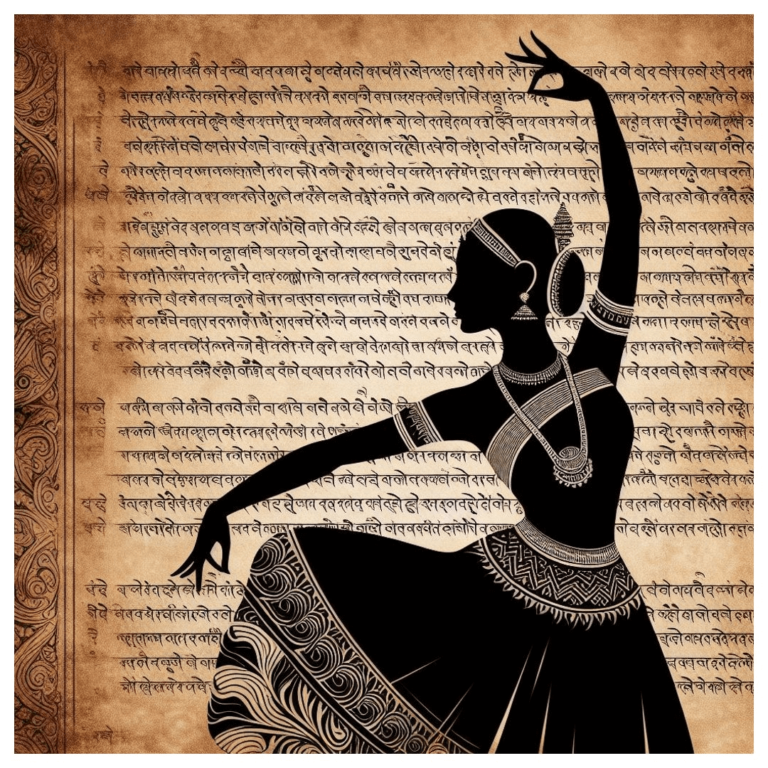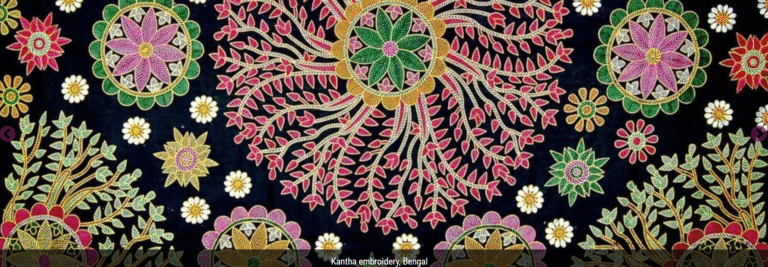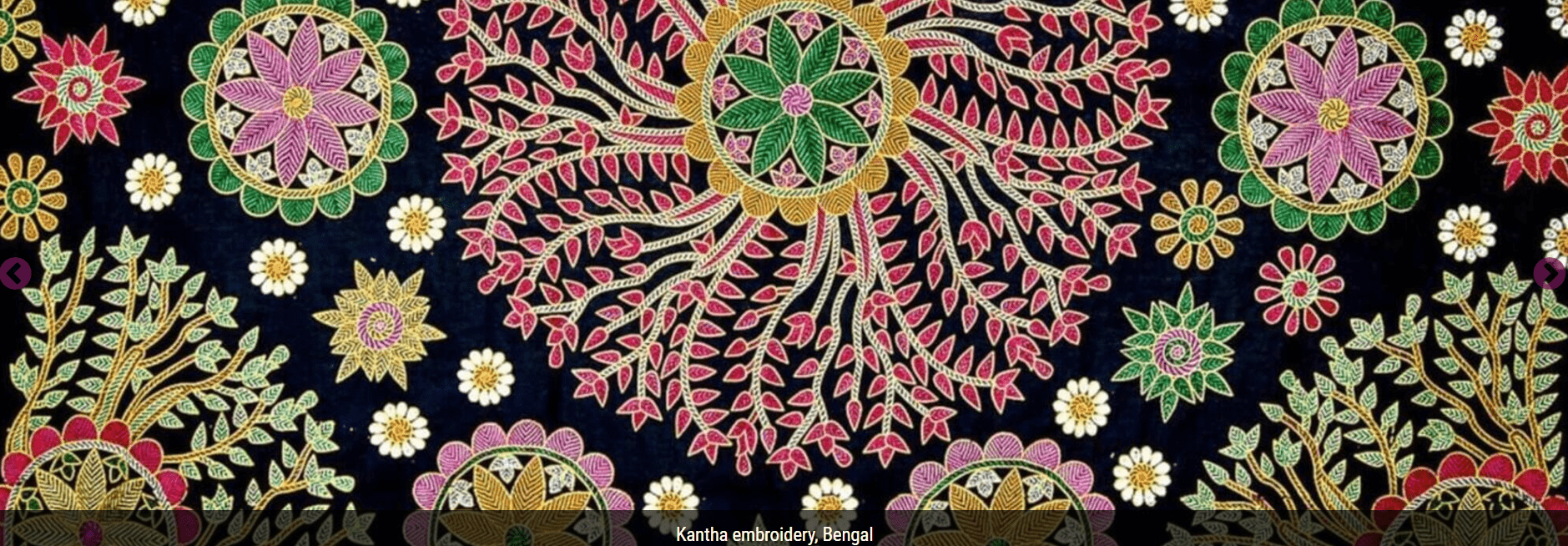
Try to recall the years before 2014 and think on how often you have heard the word ‘Bharat’ in global mainstream media. Keep this thought in the mind. In Hindi language, the word ‘Bharat’ was commonly used to refer to India, however, it was not so in English. People speaking English language used India more often than Bharat, isn’t it? However, since 2014, following many initiatives like ‘Vasudaiva Kutumbakam’, ‘Vocal for Local’, and international requests for repatriation, the word ‘Bharat’ is being heard more often. It just sounds so. If you haven’t noticed this yet, keep this lingering in your mind the next time you watch news on First Post or NDTV.
What is Repatriation?
Repatriation means to return something / person to one’s country of origin. It can refer to people (such as refugees, expatriates, or military personnel), but also to non-human things like money, property, or even cultural artifacts being sent back to their country of origin. Why does this matter to India? Let us explore in this article.
To understand why to repatriate, we need to understand why does history matter in the first place and what does it mean to the communities of India today. As per MOOC.org it is important to study history as history makes us aware about:
- what happened in the past
- how those past events have shaped our ‘today’
- what can we learn from the past to advance from our present to our future
To the communities in India, history is a means to understand the genesis and development of culture and tradition, changes in ideology and identity, narratives about spiritual, political and right-wing politics and a lot more. It is a guiding light to ask the right questions whose answers can help shape the minds of people in a more appropriate direction, not right and wrong.
Here are two stories of repatriation we want you to understand. Of course it is a non-fiction. These are backed by hard facts acknowledged by both governments. It also gives us an opportunity to find anchors in these artefacts and connect those with our current culture to find a way to bridge, evolve or find a way forward in myriad ways.
Story 1: Nancy Weiner’s Arrest and the 2000-year-old sandstone sculpture of a couple:
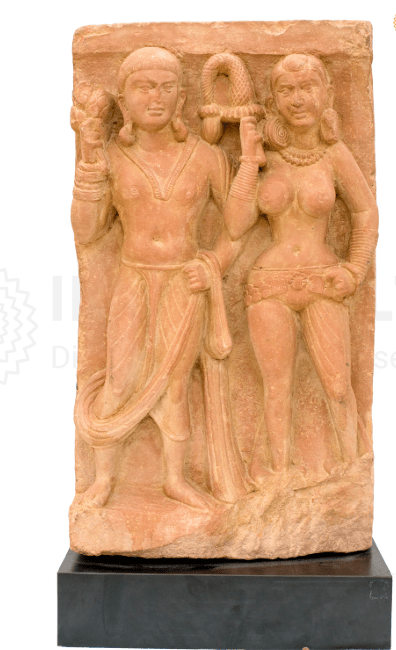
Sharod Singh, a known international art smuggler, sent a photograph of an idol to Doris Weiner in 2002. Doris was known for her art collection of Asian arts she had been collecting since the 1980s. Operating from her gallery in Manhattan, she would procure artefacts from smugglers in India and other countries. A depiction of a couple standing together carved in sandstone was smuggled into USA and was even fenced in her collection for a few years. Fencing is a way to hide something from media and investigators when there is high alert search or raids happening. Doris used a shell company named Kurt Anderson Inc., to deal in artefacts. In the company’s accounts and ledger documents, the acquisition of this sculpture from Sharod Singh is mentioned in line #49 and was priced at $1,50,000. Following the demise of Doris, all her collection was handed over to Nancy, her daughter. Nancy decided to auction off a significant portion of the collection including the red sandstone couple through Christie’s Auction House. But later it was found that Nancy had provided falsified information to the Auction House and her fictitious trail of papers was also found. During the state visit of Honourable Prime Minister Narendra Modi ji to the USA in September 2021, the red sandstone couple artefact alongside 157 other objects were repatriated to India.
Story 2: Why did Sambandar – the Bal Sant of 17th C never return to Tamil Nadu?
The Standing Sambandar idol was stolen from the Sayavaneeshwara Temple, Sayavanam Village (Taluka Sirkali) in the Nagapattinam district of Tamil Nady, between 1965 and 1975. This idol was an ‘Utsav Murti’ as it was taken out in a procession on certain festivals only. During an heist it was supplied to William Wolff, an art dealer and owner of a gallery in Madison Avenue, New York. Wolff later sold this Sambandar idol to National Gallery of Australia in 1989 for $1,15,000 (approx. Rs. 75,00,000). In 2016, the Tamil Nadu Police had reopened the investigations into temple thefts. Around this time a book named ‘Shadows of Gods’ was published by French Institute of Pondicherry. Among the 1.35lakh images printed in them one was of Sambandar idol. Upon deeper investigation it was found that Sambandar idol printed in this book exactly matched the idol in the Australian museum. Based on official evidence submitted by the Central Government of India, the National Gallery of Australia acknowledged the illegal source of the idol in their collection. In 2021, it was announced that this idol will be returned to India.
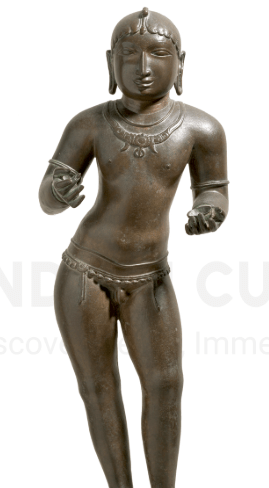
But, who was Sambandar what does he mean to today’s India? As per information given by Ministry of Culture, Sambandar was one of 63 Shaivaite poet-saints of Tamil Nadu, known as ‘Nayanar(s)’. These saints, along with the Alvars or the Vaishnava Saints, came to the southern Indian region during the Pallava and Chola periods (ca. 300-1267 CE). Their settlements continued to live in the region. Sambandar, a Shaivite poet, lived during the 17th C and was famous as a bal sant (child-saint). Perhaps different than the current child-saints famous on Instagram like Abhinav Arora. While Abhinav has amassed millions in following and a recent troll-attack mocking his half-baked knowledge of Bhagwan Krishna, Sambandar on the other hand was carved in stone for his significant works.
What does the story of these two repatriations tells us about today’s India (Bharat) and also what does it mean for Indians?
Make in India and Repatriation: What’s the link?
First of all, for any country, history matters a lot as every generation has clear understanding of why it is and how it is today. Don’t you often find it amusing to know how certain classes of society feel that wearing Bharatiya (Indian) attire is meant for festivals while wearing Blazer or Formal Suits is for everyday needs. It’s just an attire of another culture isn’t it?
Many of India’s rituals and their science have also blurred in oblivion, and what is left is symbolism only. Repatriation is like a nudge to a brain that has accepted something as ‘the way of life’. A nudge that reminds us to turn around and look into the genesis of our civilization. It is to see how far we have come in the binds of time. It also poses a critical question:
Are we moving forward or backward in what we call as ‘evolution’?
Article Finale: Modi ji on Repatriation
Parallelly, the Government of India is also running Vocal for Local and the Make in India initiatives. This means that on one hand Indian Government is making India self-reliant and on the other, through repatriation, it is making India collectively self-aware. What Government of India under the leadership of Hon. PM Narendra Modi has done for the cultural resonates a two-fold approach:
1. It gives makes every Indian a proud and self-aware Bharatiya (another article on this statement soon)
2. Globally positions India as a warm-hearted individual proposing Vasudaiva Kutumbakam – one planet one family.
Lastly, the positive effect of repatriation is true not just to an Indian but equally to a Russian or a Japanese or an American. Repatriation paves a way to know ‘what is ours’ for every civilization. Righty said by Hon. PM Narendra Modi ji (paraphrased below)
Emphasizing that India’s history is not merely a record of dynastic victories and defeats. Unlike modern notions of nationhood, India possesses a distinct cultural identity, its own consciousness, and its own soul. India is a living stream, shaped by its thoughts, ideals, and values.
India’s ancient manuscripts reflect the continuous flow of this civilizational journey. They hold a wealth of knowledge across diverse fields, including philosophy and science, medicine and metaphysics, art and astronomy. From mathematics to binary-based computer science, the very foundation of modern scientific advancements is rooted in the concept of zero.
If reading all this has made you think, “Oh interesting… hmmm” then it is time to share this vital article with your network on Facebook, LinkedIn and WhatsApp groups.
Sources:
1. The New Indian Express online portal Repatriation of antiquities highest in past 10 years, says PM Modi
2. Why Is It Important to Study History?
3. Cultural Property, Art, and Antiquities Smuggling | ICE
4. INDIAN CULTURE | INDIAN CULTURE Official site of Indian Culture, Govt of India.

